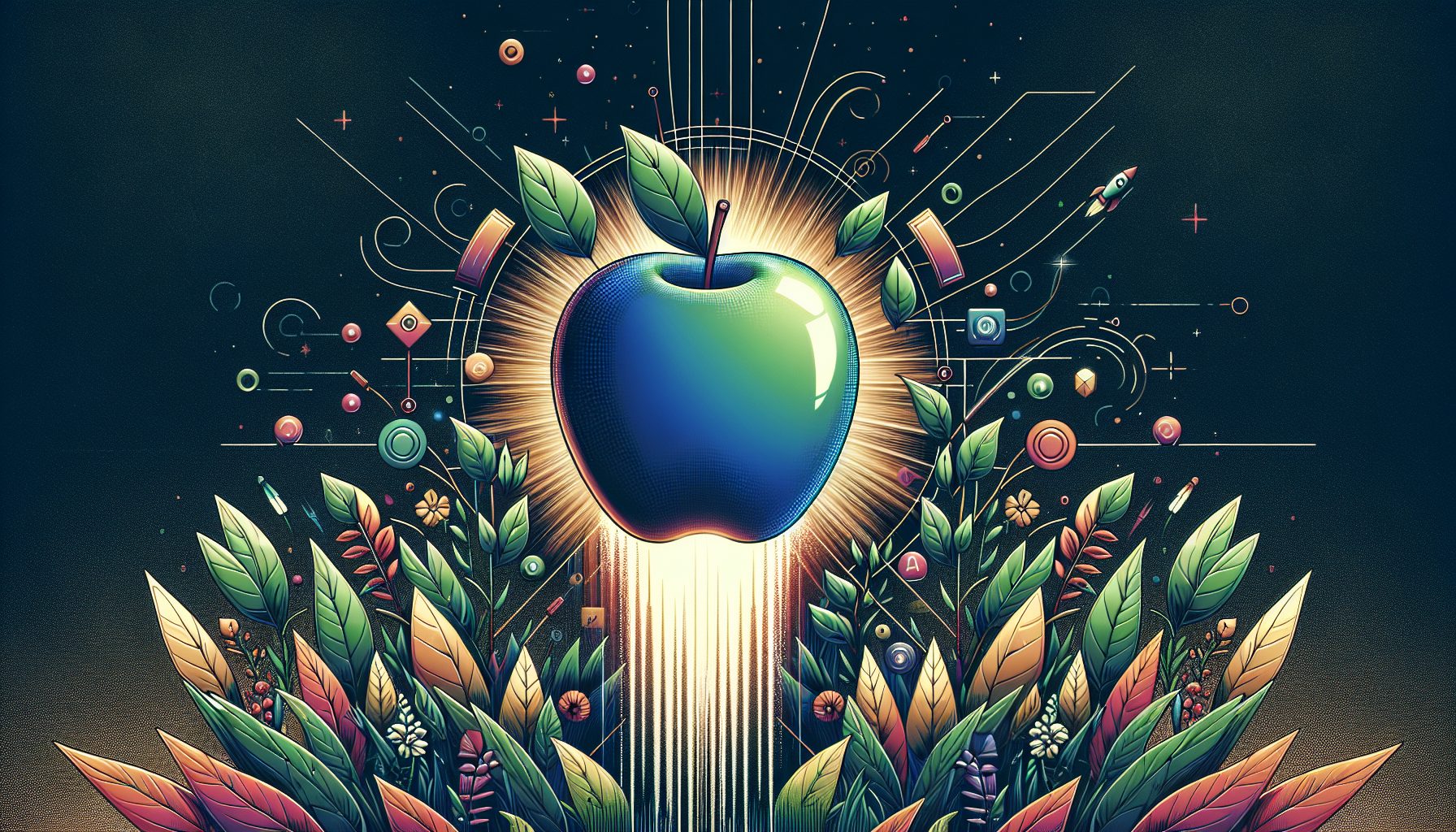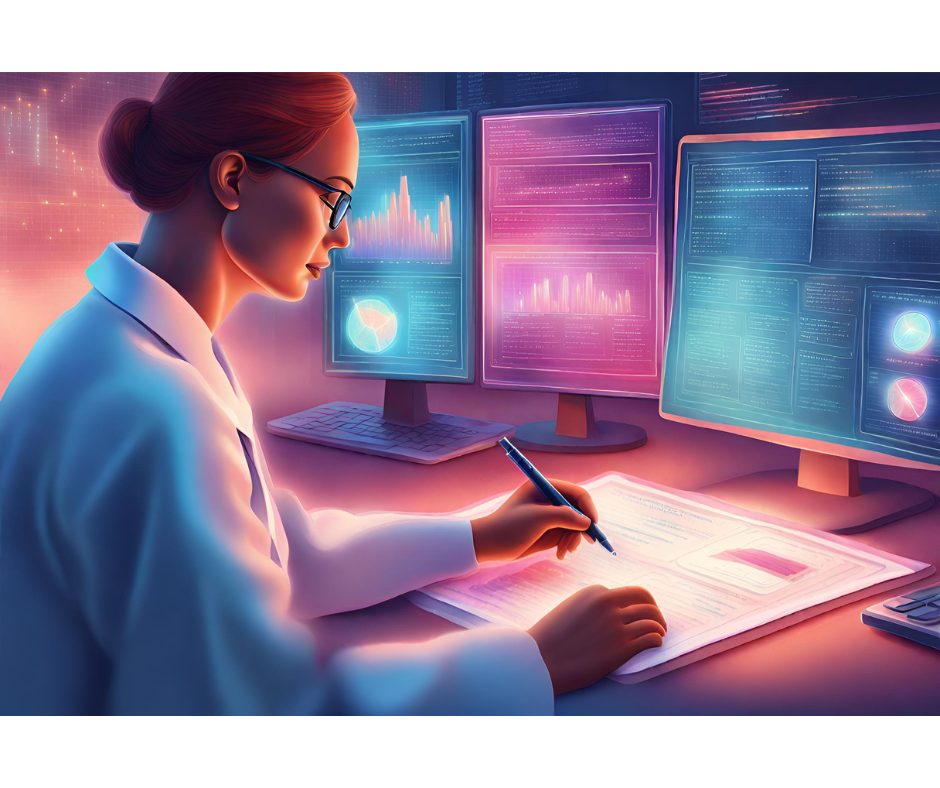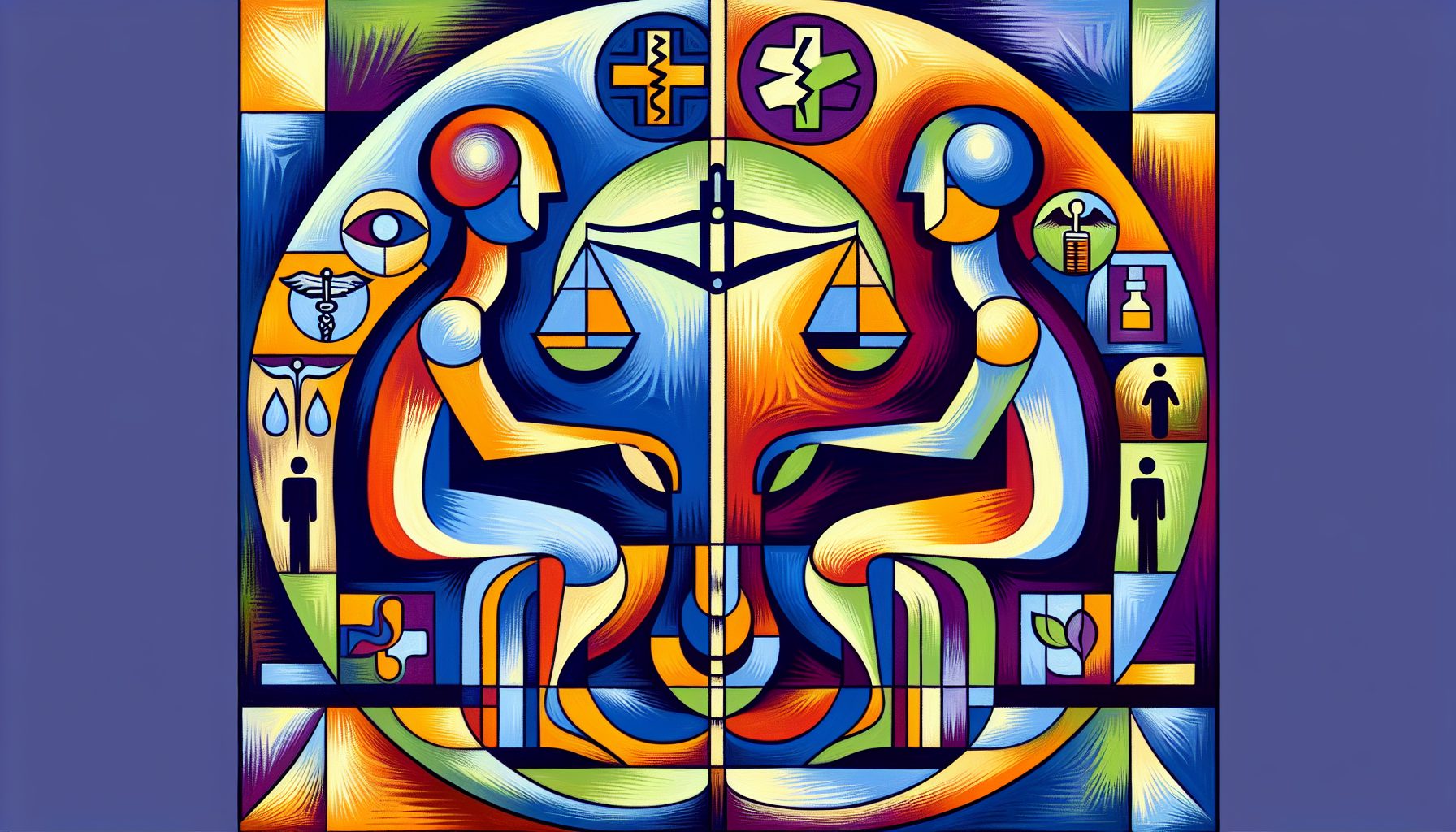
Now, SAP claims to have the market lead with $150 million in license revenue from its SRM software last year. “We’ve come a long way on ease of use and integration,” says Faheem Ahmed, product marketing manager at SAP.
One problem with the old way SAP did online procurement: It forced everyone to tab through at least three dense screens, even just to order a box of paper clips. “The common complaint we’ve had is that SAP’s requisition screens are too complicated,” says Jeff Williams, director of Tyson Foods’ Procure to Pay program.
Tyson today uses SAP’s R/3 system to let 2,000 employees order 500,000 items from 5,000 vendors. The company is rolling out SAP’s Enterprise Buyer 4.0, which contains all order information on a single page and self-populates many fields that used to require manual entry. “Now users just need to know what they want, how many and when they want it,” says Williams.
SAP had to iron out some wrinkles on the way. In November 2002, office furniture maker Steelcase launched SupplySync, which lets the company place orders with and provide inventory data to 255 suppliers, based on SAP’s software. Rob Poel, manager of supply chain management, says the software was immature at the time and still has some “stability issues”: “We were down for an entire day at one point.” But overall, he says, the system has helped lower supply chain costs, letting Steelcase process 68% of its invoices electronically.
While SAP touts integration among its SRM modules and core R/3 software, customers say the pieces don’t always work together as neatly as they’d like. Dow Corning wants to hook SAP’s inventory database to Enterprise Buyer (a feature slated for the next release) so that when a work order is submitted, if all the required items aren’t in inventory the system will kick off a purchase order to the appropriate supplier. “That’s one area where we’ll absolutely be using SAP’s SRM,” says Lori Schock, the company’s global business process manager.
|
SAP Operating Results*
|
* Fiscal year ends Dec. 31; YTD reflects first six months
Figures are based on period-end exchange rates from euros
Sources: company reports; OANDA.COM
Other Financials**
Total assets – $8.34B
Stockholders’ equity – $4.78B
Cash and equivalents‡ – $3.34B
Long-term debt – None
Shares outstanding – 1.24B
Market value as of 7/27 – $48.33B
** As of June 30, 2004, except as noted
‡ Includes short-term investments








